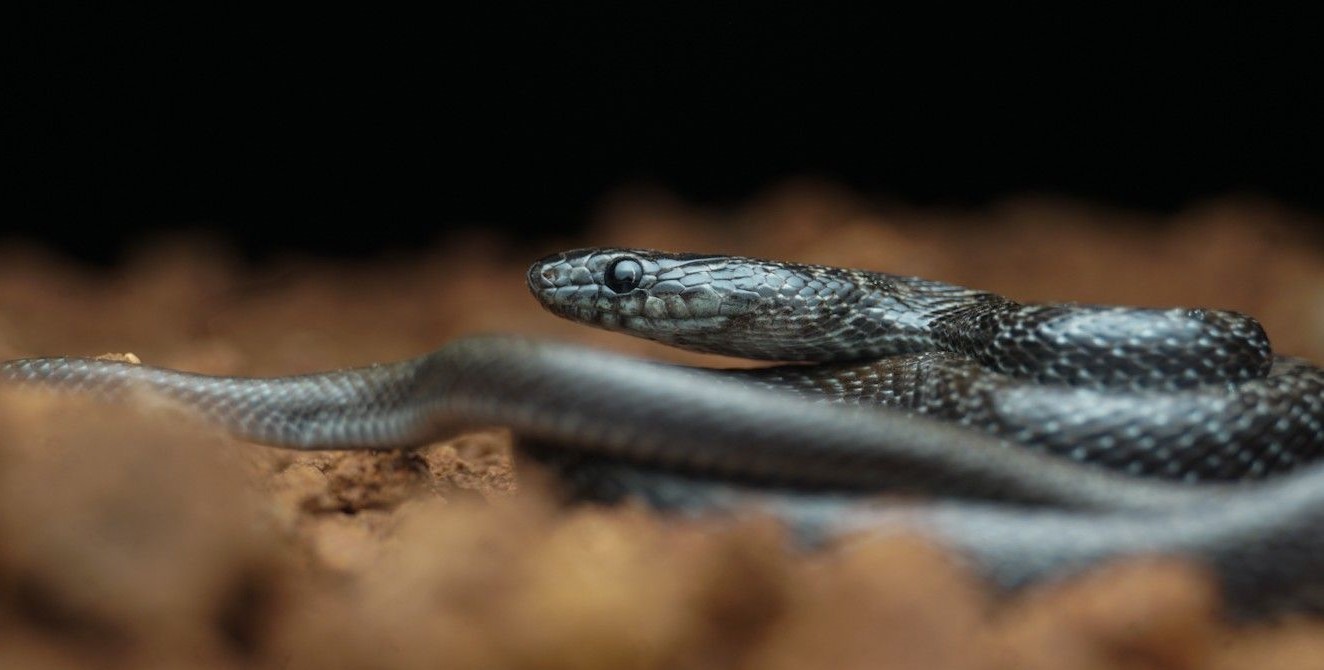
The Indian Smooth Snake, scientifically known as Coronella brachyura, is a fascinating species native to the Indian subcontinent. Despite its name, this snake isn’t actually “smooth” in texture. In fact, it has small scales that give it a slightly rough feel. This non-venomous snake is often found in a variety of habitats, including grasslands, forests, and even human settlements.
While the Indian Smooth Snake may not be as well-known as some other snake species, it certainly has some surprising facts worth discovering. From its unique characteristics to its intriguing behavior, there’s so much more to this snake than meets the eye. In this article, we will explore 11 surprising facts that will give you a deeper understanding and appreciation for the Indian Smooth Snake.
Key Takeaways:
- The Indian Smooth Snake is a non-venomous, master of disguise, and a valuable predator for controlling rodent populations in the Indian subcontinent.
- Conservation efforts are crucial for the survival of the Indian Smooth Snake due to habitat loss, pollution, and human encroachment.
The Indian Smooth Snake is a master of disguise.
The Indian Smooth Snake, scientifically known as Coronella brachyura, possesses an astounding ability to blend seamlessly into its surroundings. Its smooth scales and coloration allow it to mimic the appearance of twigs, branches, or even dry leaves, making it extremely difficult to detect in its natural habitat.
This species is non-venomous.
Unlike many other snakes, the Indian Smooth Snake poses no threat to humans as it lacks venom. It relies on its camouflage and agility to escape from potential predators or to capture its prey.
They belong to the Colubridae family.
The Indian Smooth Snake is a member of the Colubridae family, which is one of the largest snake families in the world. This family includes a wide range of non-venomous species that are found in various habitats across the globe.
Indian Smooth Snakes primarily feed on small vertebrates.
These snakes have a diet consisting mainly of lizards, frogs, and small rodents. They use their quick striking ability to immobilize their prey and then swallow it whole.
They have a unique defense mechanism.
When threatened, Indian Smooth Snakes can inflate their bodies, making themselves appear larger and more intimidating. This defense mechanism is meant to deter potential predators.
They are found throughout the Indian subcontinent.
Indian Smooth Snakes are widely distributed across the Indian subcontinent, including countries such as India, Pakistan, Nepal, and Sri Lanka. They inhabit a variety of habitats ranging from forests to grasslands.
Indian Smooth Snakes are oviparous.
These snakes reproduce by laying eggs. The female lays a clutch of eggs and then leaves them to incubate on their own. The hatchlings emerge fully-formed after a period of incubation.
They are excellent climbers.
Despite the name “smooth snake,” these serpents have the ability to climb trees and shrubs with ease. This allows them to access different food sources and escape from potential predators.
The Indian Smooth Snake is a docile species.
These snakes are generally non-aggressive and prefer to flee when confronted rather than engaging in a confrontation. However, if cornered or threatened, they may try to strike as a defensive measure.
They play a vital role in controlling rodent populations.
Indian Smooth Snakes are valuable to ecosystems as they help regulate rodent populations, which can otherwise cause damage to crops and spread diseases.
Conservation efforts are crucial for their survival.
Due to habitat loss, pollution, and human encroachment, the Indian Smooth Snake faces threats to its population. Protecting their natural habitats and raising awareness about their importance is essential for their long-term survival.
Conclusion
In conclusion, the Indian Smooth Snake is a fascinating creature that holds many surprising facts. From its unique ability to flatten its body to its interesting camouflage techniques, this snake has developed remarkable adaptations to its environment. Its preference for rodents as prey and its non-venomous nature make it a beneficial species for controlling rodent populations. However, it is important to remember that the Indian Smooth Snake, like all wildlife, should be admired from a safe distance and not disturbed in their natural habitat. By understanding the incredible aspects of this snake, we can further appreciate the wonders of the animal kingdom.
FAQs
1. What is the size of an Indian Smooth Snake?
The Indian Smooth Snake is typically around 2 to 3 feet in length.
2. Are Indian Smooth Snakes venomous?
No, Indian Smooth Snakes are non-venomous. They use constriction to capture and subdue their prey.
3. What is the diet of an Indian Smooth Snake?
Indian Smooth Snakes primarily feed on rodents, such as mice and rats.
4. Where can Indian Smooth Snakes be found?
Indian Smooth Snakes are found in various regions of India, including grasslands, dry scrublands, and agricultural areas.
5. How does the Indian Smooth Snake camouflage itself?
The Indian Smooth Snake has a smooth and slender body that easily blends with its surroundings, allowing it to camouflage effectively.
6. Can Indian Smooth Snakes be kept as pets?
It is not recommended to keep Indian Smooth Snakes as pets, as they are wild animals that require specific natural habitats and diets.
7. Are Indian Smooth Snakes endangered?
The Indian Smooth Snake is currently listed as Least Concern on the International Union for Conservation of Nature (IUCN) Red List, but its population may be declining due to habitat loss and fragmentation.
Was this page helpful?
Our commitment to delivering trustworthy and engaging content is at the heart of what we do. Each fact on our site is contributed by real users like you, bringing a wealth of diverse insights and information. To ensure the highest standards of accuracy and reliability, our dedicated editors meticulously review each submission. This process guarantees that the facts we share are not only fascinating but also credible. Trust in our commitment to quality and authenticity as you explore and learn with us.
